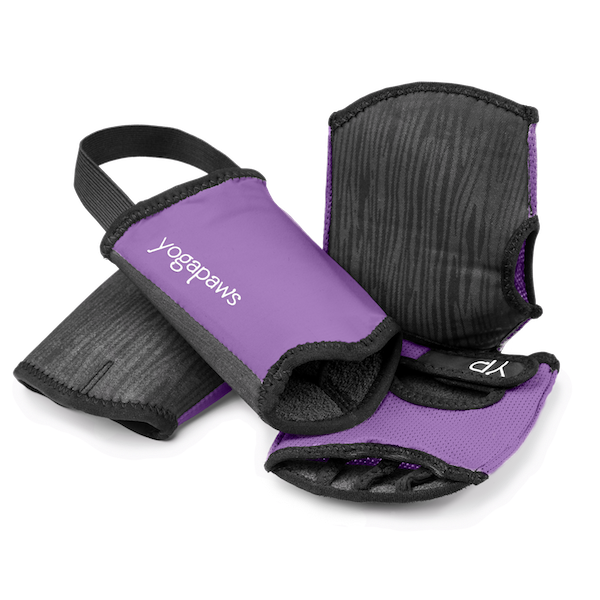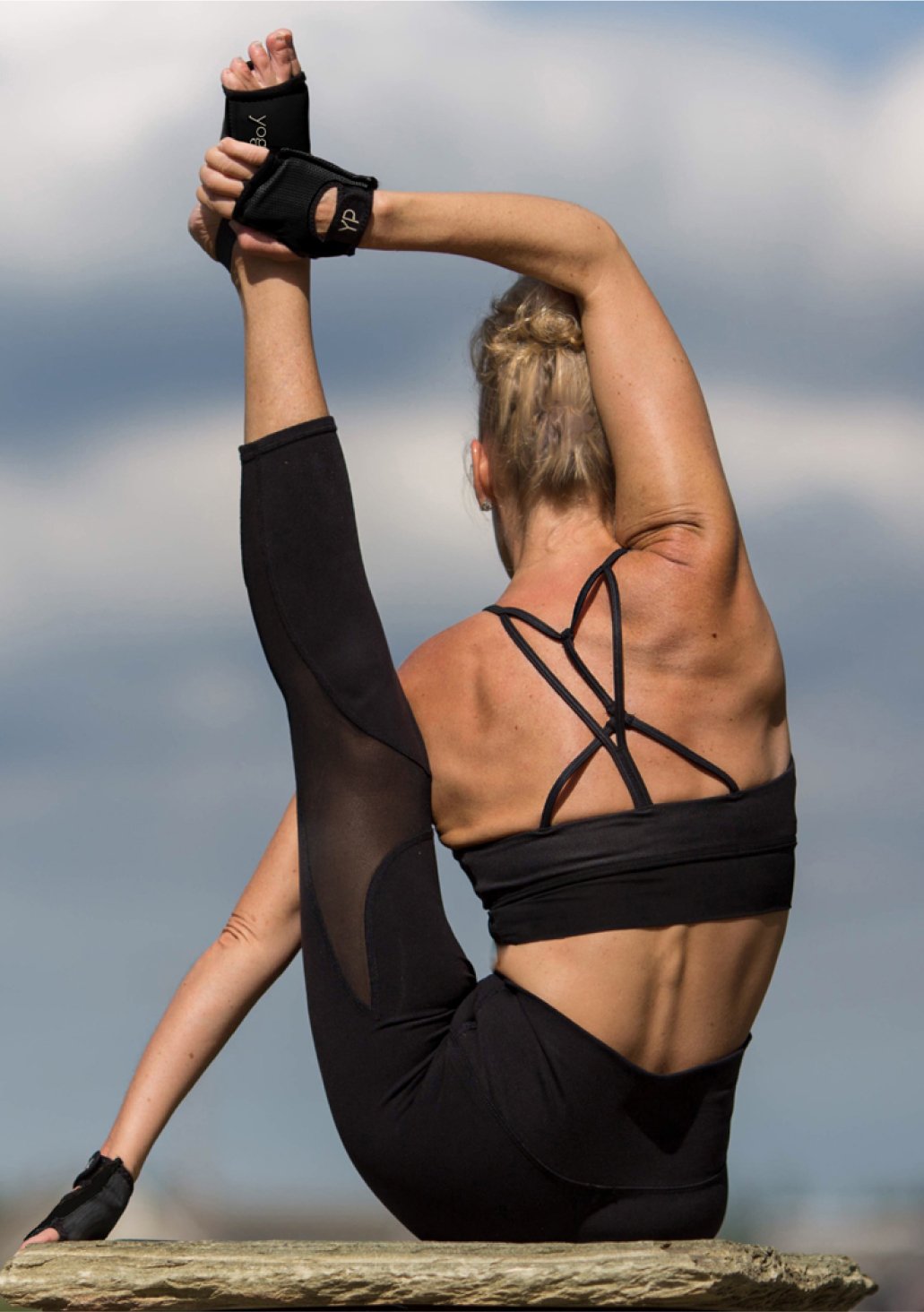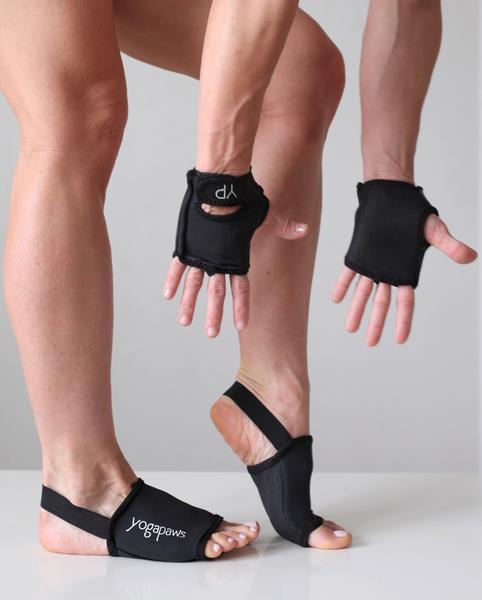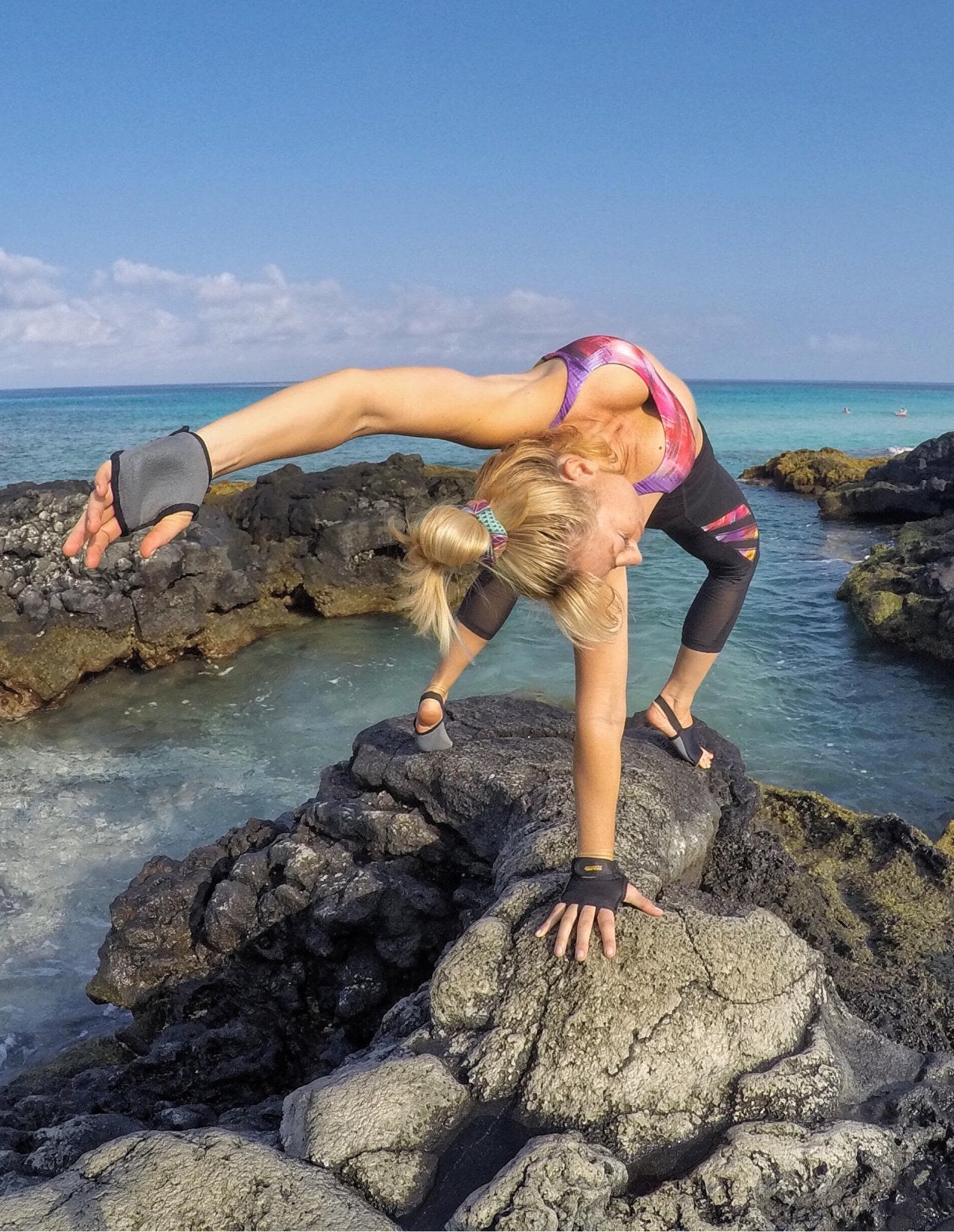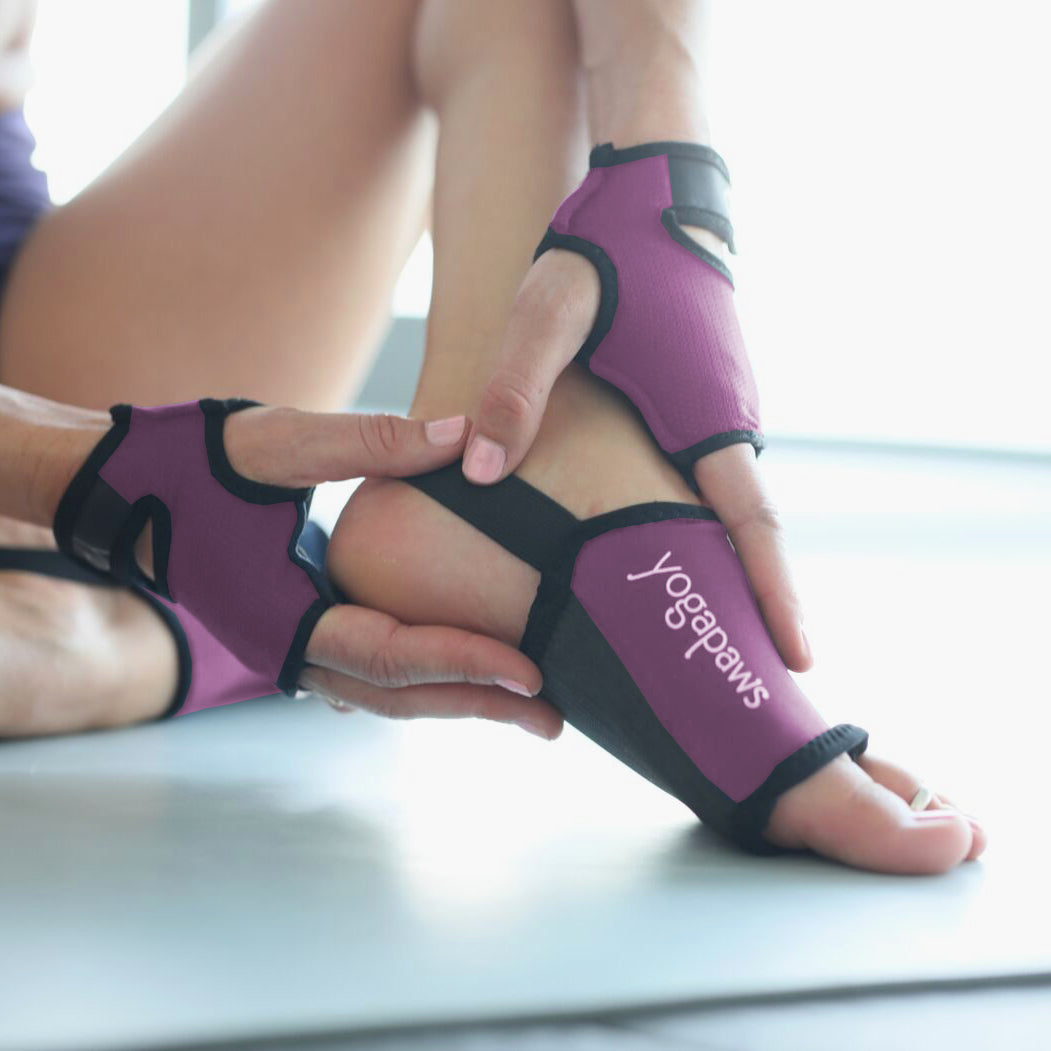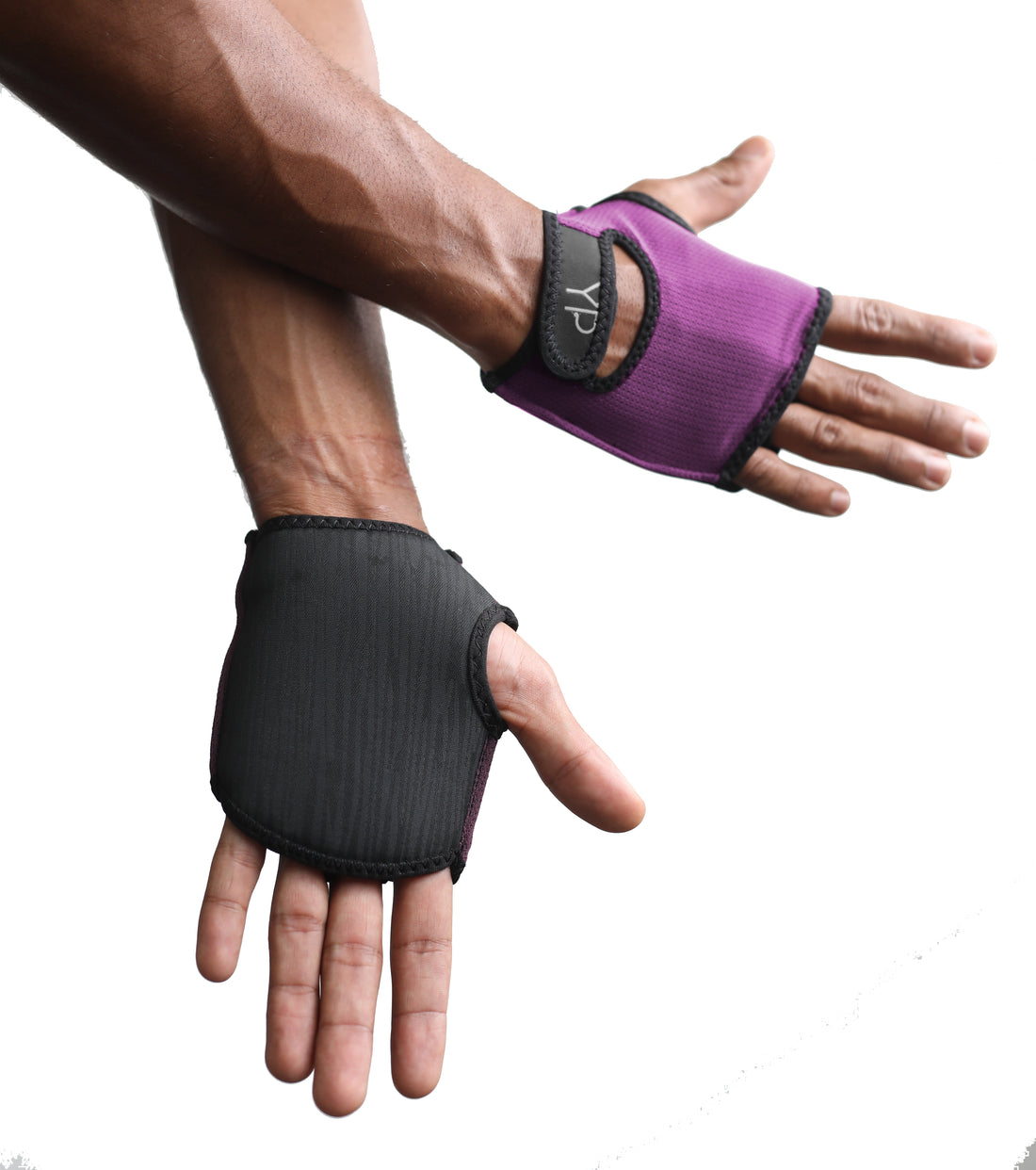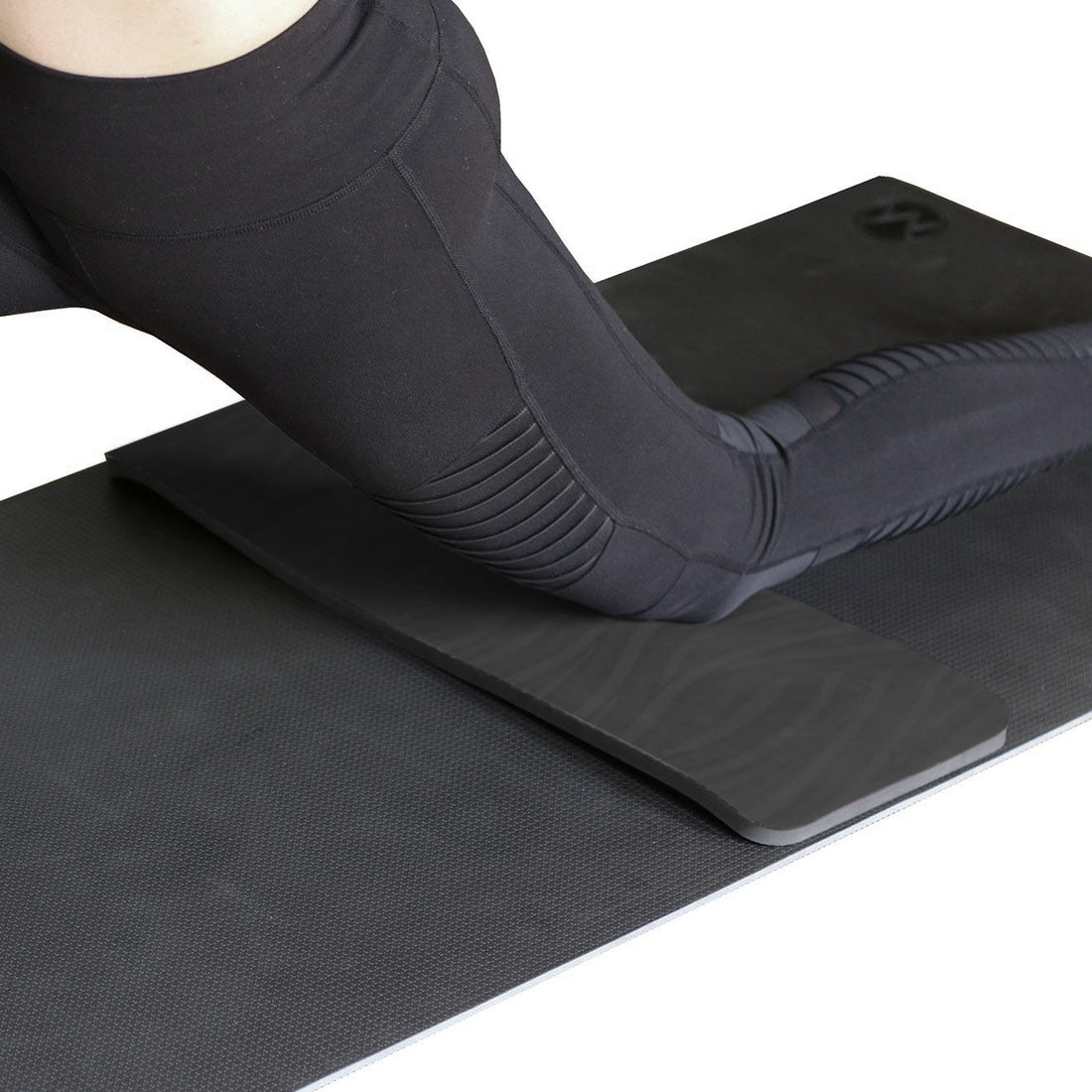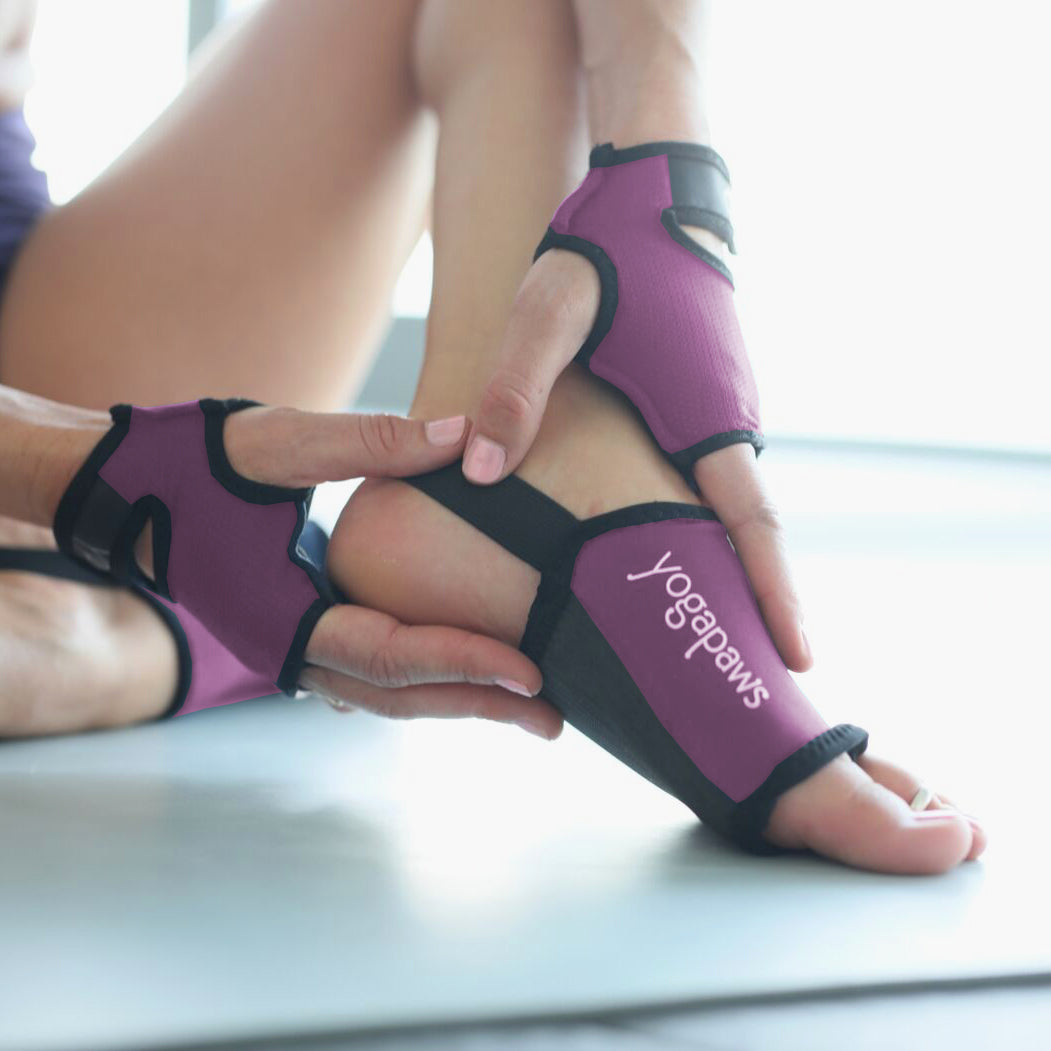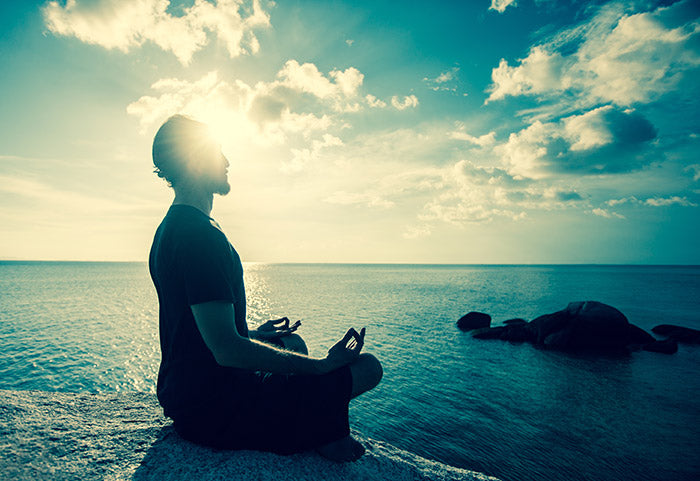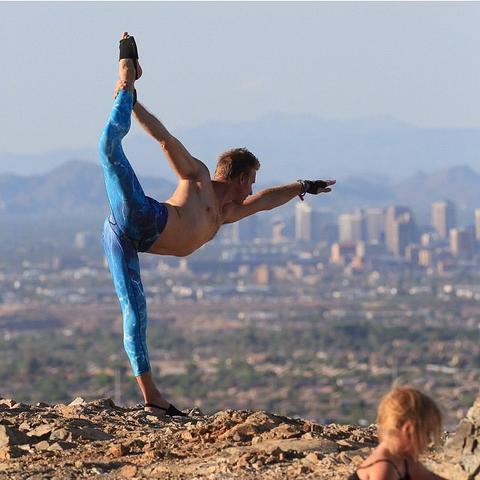 Miami Heat superstar LeBron James made headlines when he told The Miami Herald that yoga was one of the “secrets” to his endurance over the long NBA season and to his defensive versatility.
Miami Heat superstar LeBron James made headlines when he told The Miami Herald that yoga was one of the “secrets” to his endurance over the long NBA season and to his defensive versatility.
Prior to his retirement from basketball, legendary center, Shaquille O’Neal got ample publicity for his yoga practice, even though his 7-ft.-1-in., 325-lb. frame meant he needed to work on two mats. Sounds like that boy needs some YogaPaws!
If James and O’Neal ever want a little “pick-up” yoga while traveling, they could contact their counterparts on many NBA teams as well as those on football teams such as the Philadelphia Eagles, the Miami Dolphins, and the New York Giants. They could also reach out to former heavyweight boxer Evander Holyfield, Boston Bruins goalie Tim Thomas, tennis greats Monica Seles and Pete Sampras, a fair cross-section of players on the men’s and ladies’ PGA tours and some of the stellar performers on the U.S. Women’s Olympic Soccer team.
In fact, it’s getting harder to find athletes who aren’t using yoga as cross training. Whatever the sport, both male and female athletes are coming to the yoga mat as an effective way of engaging mind, body, and spirit to achieve their personal best. (Dana Bail/Cleveland Cavaliers photo)
 Renowned yoga instructor Baron Baptiste, who has taught yoga to a number of professional sports teams, summed up the benefits of a regular yoga practice for athletes in an interview with Yoga Journal saying, "[Yoga] really can help athletes not only perform better but connect to their bodies, to give them a deeper meaning of what it is to be an athlete [and] to help their sport become another form of yoga.
Renowned yoga instructor Baron Baptiste, who has taught yoga to a number of professional sports teams, summed up the benefits of a regular yoga practice for athletes in an interview with Yoga Journal saying, "[Yoga] really can help athletes not only perform better but connect to their bodies, to give them a deeper meaning of what it is to be an athlete [and] to help their sport become another form of yoga.
Instead of living in a win-lose world, this actually lets the sport itself become a yoga practice, turning your tennis into your Zen-ness." Athletes agree. The Bruins’ Thomas told USA Hockey magazine that yoga improved his play overall—which earned him a spot on the NHL’s 2011 All-Star game.”I think [yoga has] helped my flexibility and opened up my hips a little bit. And it helped me mentally in the way I had prepared [for the season],” he said in the interview.
It’s hardly surprising that yoga can improve performance in any sport. At the most basic level, every athlete needs to master pranayama to energize the body and circulate blood to the muscles. But a regular yoga practice can do much more, by improving flexibility and core strength to helping to prevent injuries. A well-rounded practice that includes a variety of asanas is important, not only to condition the entire body but also to address issues of overuse caused by engaging the same muscles repeatedly (something that’s inherent in training for a given sport).
There are also specific poses that can help athletes push performance in their sport of choice. Here are some to try:
 |
For runners: In addition to runner’s lunge (even the experts don’t agree on the Sanskrit name) and various forward-bending asanas, add: Virasana (hero pose): How to do it: Kneel on the floor or a blanket. With your knees together, slide your feet apart slightly wider than your hips. Angle your big toes toward each other. Lean your torso forward slightly and sit your buttocks between your feet. If that causes too much pressure on the knees, sit on a block. Rest your hand palms up on your thighs and hold for 30 seconds to one minute. Variation: Kneel on the floor or blanket. Place your hands about six inches behind your buttocks with your fingertips facing toward your body. Slide your tailbone toward your heels and lift your glutes several inches off of the heels. Hold for 30 seconds to one minute. Benefits: Front thigh, groin, knees, back, hamstrings |
 |
For golfers: Balances poses and twists can both help lower a golf handicap. One to try is: Ardha Matsyendrasana (Half Lord of the Fishes Pose) How to do it: Sit on the floor or a blanket with your legs straight out in front of you. Step your right foot over your left leg. Bend the right knee and place your right foot flat on the floor next to the left leg. Put your right hand behind your right buttock and place your left arm on the outside of the left thigh. Exhale and twist toward the inside of the right leg. Hold for 30 seconds to one minute. Reverse. Benefits: Chest, torso, hips |
 
|
For tennis players: Flexibility is key, but not just in the lower body. That’s one reason to practice: Gomukhasana (cow-face pose): How to do it: Sit in Dandasana (staff pose). Bend your knees and place feet flat on the floor. Slide your left foot under your right knee so that it’s on the outside of the right hip. Cross your right knee over the left and stack your right knee on top to the left. Bring your right foot to the outside of the left hip. Stretch your right arm out parallel the floor. Rotate inward, sweep your arm behind your torso and tuck your forearm into the hollow of your back so that it’s parallel to your waist. Stretch your left arm forward, parallel to the floor. Turn the palm up, stretch it toward the ceiling and turn the palm back. Bend the elbow and reach down to the right hand. You may also use a strap if your hands don’t touch. Hold for one minute. Reverse. Benefits: Shoulders and hip joints |
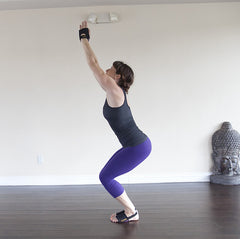 |
For basketball players: While poses to increase flexibility and balance are important, asanas that address tightness in the lower leg are also helpful. One that can pull the stretch through the entire body is: Utkatasana (chair pose): How to do it: Stand in Tadasana (mountain pose). Raise arms alongside the ears, extending fingers toward the ceilings. Exhale and bend your knees, taking your thighs as close to parallel to the floor as possible. Move the torso forward slightly until the front torso is approximately at a right angle to your thighs. Hold for 30 seconds to one minute. Benefits: Ankles, shoulders, prevention of injuries caused by sudden stops and quick cuts. |
 |
For baseball players: Yoga offers numerous options for stretching and strengthening, as well as increasing flexibility with poses such as: Parivrtta Trikonasana (revolved triangle pose): How to do it: Stand in Tadasana (mountain pose). Step or jump feet three-and-a-half to four feet apart. The left foot should be facing the front of the mat. Turn your left foot in 45 degrees and your right foot out 90 degrees. Raise arms parallel to the floor and reach them out to the sides with your palms facing down. Turn your torso to the right. Square your hips to the front of the mat. Turn your torso further to the right and lean over your front leg. Put your left hand down on the floor or onto a block. Raise your right arm to the ceiling. Look up or, if your neck bothers you in this pose, look at the floor. Hold 30 seconds to one minute. Reverse. Benefits: Hips, shoulder joints |
Although most of the 20 million Americans who practice yoga don’t have eight hours a day to commit to conditioning work like pro athletes do, they do have access to the same expertise every time they take a yoga class. Talk to your teacher about your goals. Then, go out and be a superstar.


